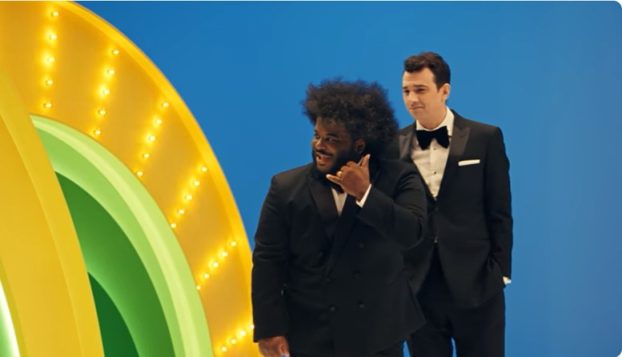Please don’t call the Mini a ‘cute’ car. This is not the mod retro British import driven by Austin Powers. It’s actually a high-performance automobile with macho tendencies and an irreverent, non-conformist, rugged outlaw kind of attitude.
It may seem counter-intuitive, but that’s the way Mini’s marketing team positioned the frankly adorable little car when the Whitby, Ont.-based automaker, a division of BMW Canada, introduced it to the Canadian market in 2002. And the strategy has proven to be a success. In August, Mini – whose models also include the Mini Cooper and the Clubman – enjoyed its fifth consecutive month of best-ever monthly results, with sales up 71% over August 2007, while year-to-date sales are up 33% over the same period last year.
The team’s efforts to drive consumers to the mini.ca website have paid off as well. Traffic in July was up 40% over last year, and year-to-date traffic was up an impressive 49%, to nearly half a million visits.
Mini and its Toronto-based AOR, Taxi 2, have accomplished that feat of brand positioning by targeting a young, male, urban demographic and landing a bullseye with a series of eye-catching, rambunctious online and OOH campaigns that have racked up awards including Cassies, OBIEs, Clios, Digital Marketing and Cannes Lions since the 2002 launch.
‘We started with a teaser campaign introducing some of the brand attributes of Mini, which are performance, fun, mischievous and really attitude-based,’ explains brand communications manager Marc Belcourt, who heads a marketing team of three people at Mini Canada. ‘We also decided to launch the first 500 cars online, with an opportunity to have a ‘launch edition’ vehicle. There were questions to answer, and people were screened to ensure a positive male-to-female ownership ratio. And we had manual transmission only available for the first year, which helped increase the male adoption.’
Executions targeting the young male would-be outlaw included billboards reading ‘Cops hide here’ placed over actual speed traps, videos mounted above urinals that advise viewers where to stand and a microsite called ‘Turbovision’ which hosted a series of 3D vignettes showcasing the car’s high-performance features.
‘We had seen other examples in the auto industry that didn’t focus on the male demo, and the result is that confident females and males then don’t buy cars that have become ‘chick cars,’ if you will,’ says Belcourt. ‘That led to some risky communication messaging. We focused on creating a personality for the vehicle, giving it the tools it needed to stand alone as a brand and a car.’
Before long, however, the Mini excitement had begun to spread across other demos. ‘Some of the early adopters were a bit more mature than our desired target group,’ says Belcourt, ‘and we realized that Mini was really a state of mind as opposed to a specific age. So we then focused on the psychographic profile of our ideal consumer as opposed to the age demo.’
‘It’s more an attitude, mischievous and fun,’ agrees Taxi 2 CD Lance Martin, who has worked with Mini since 2002. ‘It’s the mindset of someone who wants a great, well-designed car and is not just looking for a small car because that’s all they can afford. We’ve found that positioning has attracted people who want a performance car, and they can be female as well. And with a site like Turbovision, we can feed them information without them knowing, in a sense. They’re watching this little bit, and all of a sudden they know all about the features.’
Ken Wong, a professor of marketing at Queen’s School of Business and an automotive industry observer, is impressed by the Mini team’s audacity. ‘It would have been easy for them to go retro under the guise of building on the Mini’s history,’ he says. ‘They had the courage to take the product upmarket, to improve the physical product and to adopt creative that made it relevant to today’s buyer.’
Last year, at the bequest of the global brand management division, Mini Canada and Taxi 2 developed ‘Minimalism,’ an online campaign that embraced fuel-efficient attributes into the Mini attitude by allowing visitors to actually control the length of the message they received.
‘That’s a great initiative,’ says Martin. ‘The car only uses what it needs. It shuts off when it’s not in use. So we had a website where you would only ask for as much time as you had. It translated well, and now they’re using ‘Minimalism’ as their global mantra for CO2 initiatives.’
Fuel efficiency is also the theme of the latest Mini campaign, which involves superboard executions in Toronto, Montreal and Vancouver. But the strategy remains focused on driving features and attitude.
‘We’re not going to hang our hat on an environmental message,’ says Belcourt, ‘but it’s one of many components that we can bring to the forefront or shift back to complement the fun and performance messaging.’
Jump to:
Brands of the year – introduction
Procter & Gamble – P&G’s innovation with a smile























